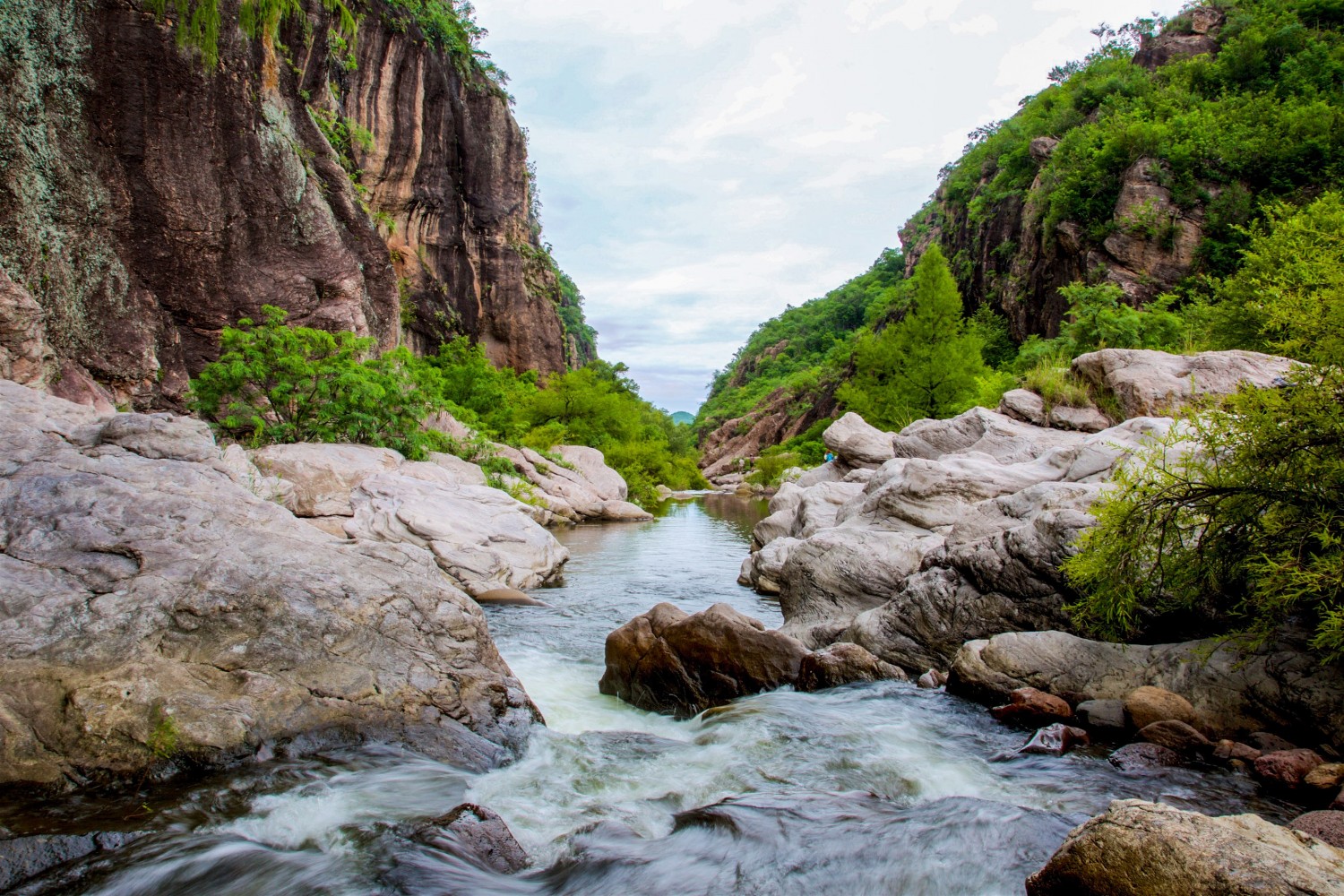Not your average cat…
07/08/2019
Have you ever had your cat stuck in a tree? Well, meet this month’s mammal; a feline who spends the majority of its life in the tree canopy.
The margay is a wild cat native to Central and South America. A solitary species, it is found almost exclusively in forest habitats which vary from humid tropical evergreen and deciduous forests to montane and cloud forests.
This mid-sized cat is often confused with its near relatives the ocelot and the oncilla. Their coats are very similar, and like the others, the margay’s is a beige background patterned with black-ringed rosettes and elongated blotches. However, the margay has several unique features to suit its nocturnal lifestyle spent prowling the forest canopy, including extremely large eyes, broad paws and a long tail.

Margay (Leopardus wiedii)
Margays are wizards of the tree tops, well-adapted for arboreal life. Their broad, soft feet and mobile toes allow them to hang from tree limbs by one hind foot, and flexible ankles can rotate the foot 180 degrees outward, enabling them to run head first down trees like squirrels. They are exceedingly quick, and even during a fall they can grab hold of a branch with one front or hind paw and climb up again.
The cat most often forages in trees, but travels on the ground. The margay’s spectacular agility allows it to prey on small mammals that would otherwise be hard to catch, such as small primates, birds, sloths and squirrels.
Because of its beautiful, soft fur, the margay was one of the most heavily exploited cats for the fur trade until restrictions in the late 1980s. In 1977, at least 30,000 skins crossed the international market, which declined to about 130 in 1985 following legal protections and CITES fur trade regulation. Sadly, in some areas, illegal hunting for domestic markets or underground fur trade still presents a problem for the margay.
Its greatest threat today, however, is deforestation of its natural habitat. The margay’s excellent adaptations for an arboreal lifestyle make it dangerously dependent on continuous forest habitat. Populations are declining as their forest ranges are reduced by deforestation, conversion of forests into agricultural areas and infrastructure development. The species is classified Near Threatened by the IUCN Red List, and considered threatened in Costa Rica and Mexico.

Nature & Culture’s Monte Mojino Reserve is home to five cat species, including the margay
Nature and Culture International is working to protect margays and their habitat in Mexico. In 2014, we established our now 18,211-acre Monte Mojino Reserve in collaboration with local communities. The reserve conserves the last and best remaining tropical deciduous forests of southern Sonora, home to the margay and four other cat species!
Our goal is to expand the reserve to encompass additional acres of forest and biodiversity by purchasing key land parcels. We are particularly focused on ensuring connectivity throughout the reserve and protecting regional water sources. Learn more about Monte Mojino here.
Did you catch last month’s featured mammal? Check out South America’s ONLY bear species.


